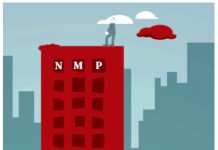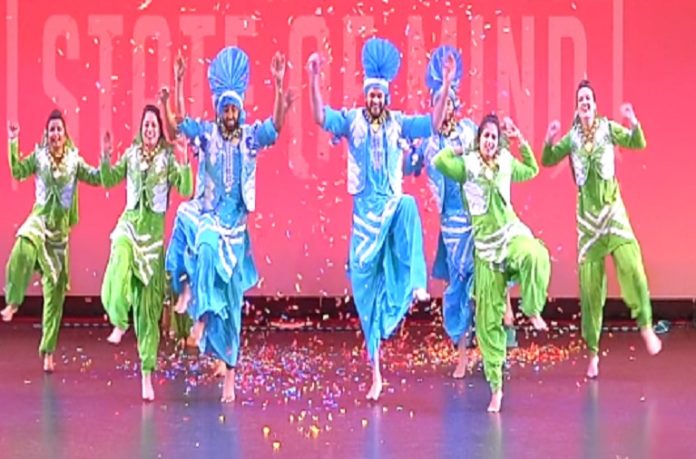
(Boney Bindra/Umang Kochhar) In the last part of this series, we discussed, how the partition of India and rather Punjab, affected the culture, language and even dance of our state.

We are going to discuss the further details about it today. To engage you with it, we are posting the last paragraph of our yesterday’s piece here;
The western influence was always there, with northern American countries and the Great Britain being the favourite destinies for Punjabi adventurers, sooner than later, people started to feel the English, Canadian and American street dance’s touch in the Punjabi music and dance too.

The Westernization Of My Dance
Earlier, the term Bhangra denoted a particular style of dance where the music was a secondary requirement, even the movements weren’t a lot, one just needed to vacillate.
The music produced, on the other hand, during any performance, was created through selected beats.
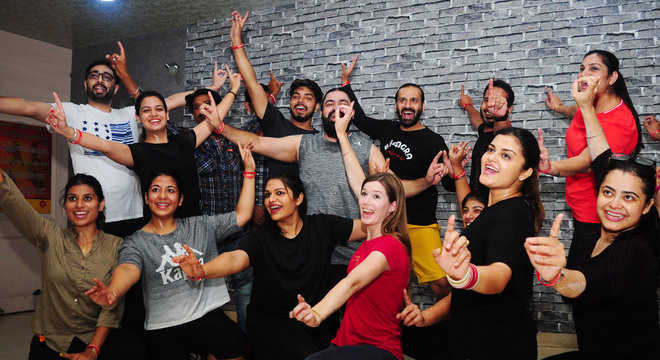
As the time passed and genres like, pop, hip-hop, rock and now reggae entered the Punjabi culture, the Bhangra’s notes took a hit too.
Whereas, with the arrival of western ideas the music took over the Bhangra scene and became the primary element.
As now this particular word was being used to denote a specific type of music and dance form.
Even I felt the pinch of this particular transition, as when I was getting the training of it in early 2000’s Bhangra was going through a transformational phase.

Now me getting trained via traditional methods i.e. with the use of Dhol was as lame as an idea as any.
Future of this performance was gaining its fuel in the field of faster beat electronic music, so the young performer in me had to gain the pace too.
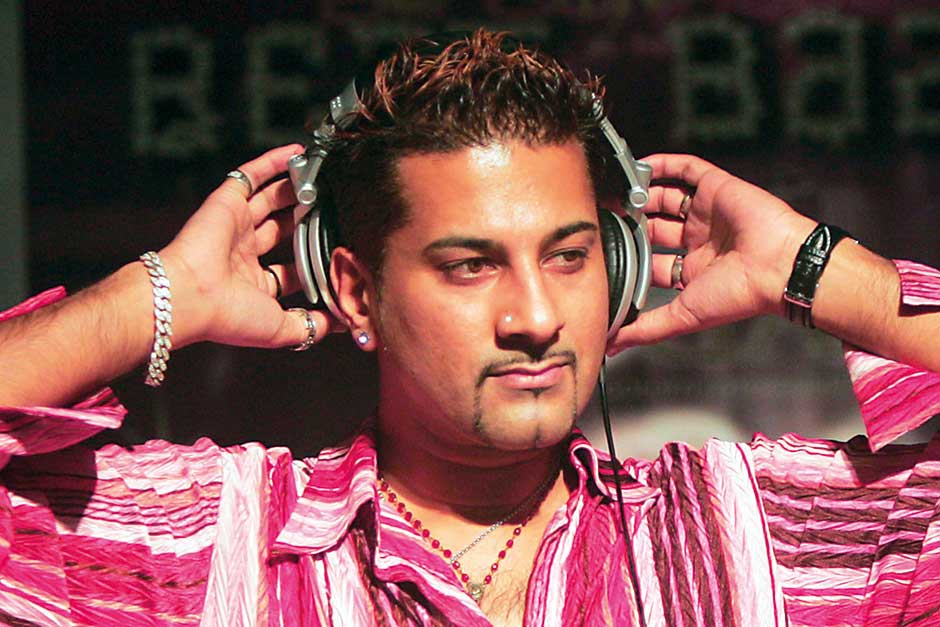
Not The Beats, But Words Too
In addition to that, these changes were also felt in the sphere of its lyrics too.
This can be observed through the following folk Boliyan (musical verses):
Ari Ari Ari, Mela Shapar Lagda, Jithe lagda jagaat ton bhari,
Ji velleyian da kath ho gya,
ho ni valleyian da kath ho gya, utto bottlan mangwa laiyan chali,
chaliyan vcho ik bach gayi, jhedi chuk ke mehl nal maari,
Ratan Singh, Kokean da, jih ne pehli daang shingari,
Dhan Kur, Dudar di lakk patla badan di bhari,
Derra Galbia, jheda daang da bhadur bhaari,
Modaak velli ne thanedar de gandasi maari,
te thanedar aaon digeya, jive hall toh digge panjali,
Bachana Faridkotiya Jihne kutt ti pandori saari,
Kutt de de hatt hambh ge,
utton aa gayi police di laari, parlo aa jandi,
je hundi na police sarkari, parlo aa jandi.
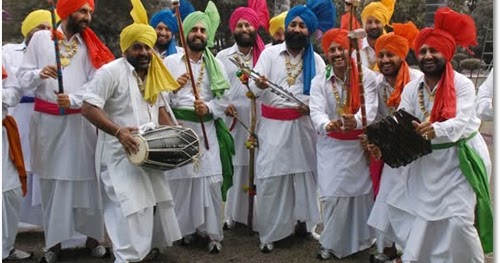
These musical verses present a deep understanding of the society as it contains a whole tease described in it.
Further Explanation of This Boli
The essence of this following folklore can be understood as;
The Boli here depicts the scene of a popular fair of Punjab, fair of Shapar which is the biggest of its time.
Some famous rowdies of this time come together on this common ground, where they order 40 bottles of liquor.
After finishing 39 bottles, the last one is smashed to the ground by one drunk, which breaks out a brawl between the hooligans.
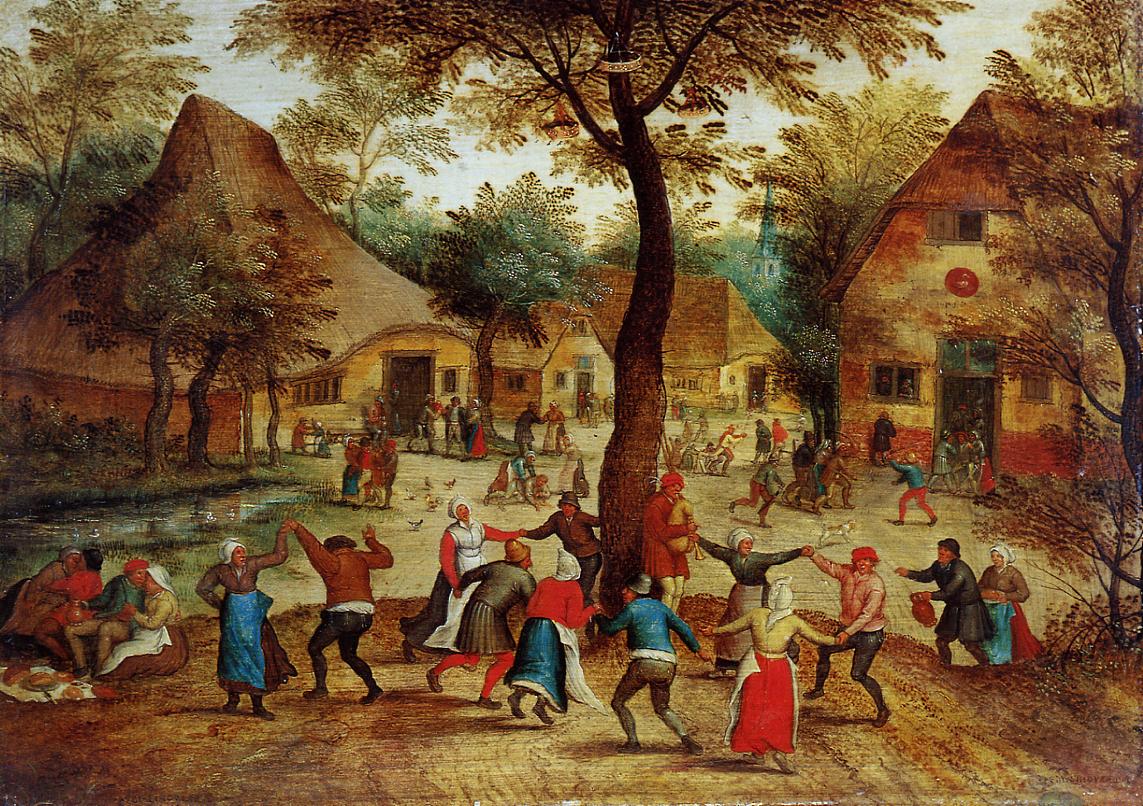
Ratan Singh is the man who starts this all by hitting a person with a wooden cane for Dhan Kaur of village Daudar, she is described in the boli has an attractive body.
Dera named person of the town Galbia is praised in the following line in which the writer describes him as a maestro of cane-fighting.

Then a Modak named person beats an SHO (police officer), who falls faster than London Bridge.
In the end, police enforcement arrives and save the day.
Postmodern/ Modified Boli
This was an old-school version of Boli, here is the latest sort;
“Kade Han karke Oh Kade Na Kar ke,
Than Kar ke Oh Kade Thaaa Karke,
Selfie Lai Lai Ni Muteyare Lambi Baahn Karke”
 Above mentioned verses points towards the new technological advancements.
Above mentioned verses points towards the new technological advancements.
As here a girl is asked to click a selfie by the bystander, by any way she can.
Implication of the term Bhangra
Being a performer of this art, I try to trace the apt implication of the term Bhangra used by various popular figures and academicians.
Many researchers are of the view that the term Bhangra is related to the festival of Vaisakhi which points towards the cause of its celebration.

Here, the word bhang refers to hemp and urah refers to the state of floating.
The word when put together blends out the meaning, “floating in high”.
Whereas, some academician and Bhangra practitioners are of the view that the origins of the term Bhangra have its roots in the Sanskrit meaning of it.
 Sanskrit description of the word Bhangra refers to the break or broken, thus, view-points towards the completion of harvest cycle and the beginning of a new one.
Sanskrit description of the word Bhangra refers to the break or broken, thus, view-points towards the completion of harvest cycle and the beginning of a new one.
Conclusion
To draw tentative conclusions in connections to the performance.
It can be said that this dance is a product of rapid modernisation which has been translated into a new art form.
One can also say that this art form represents the inner feelings of the Punjabi Diaspora and represents their urbanised culture.
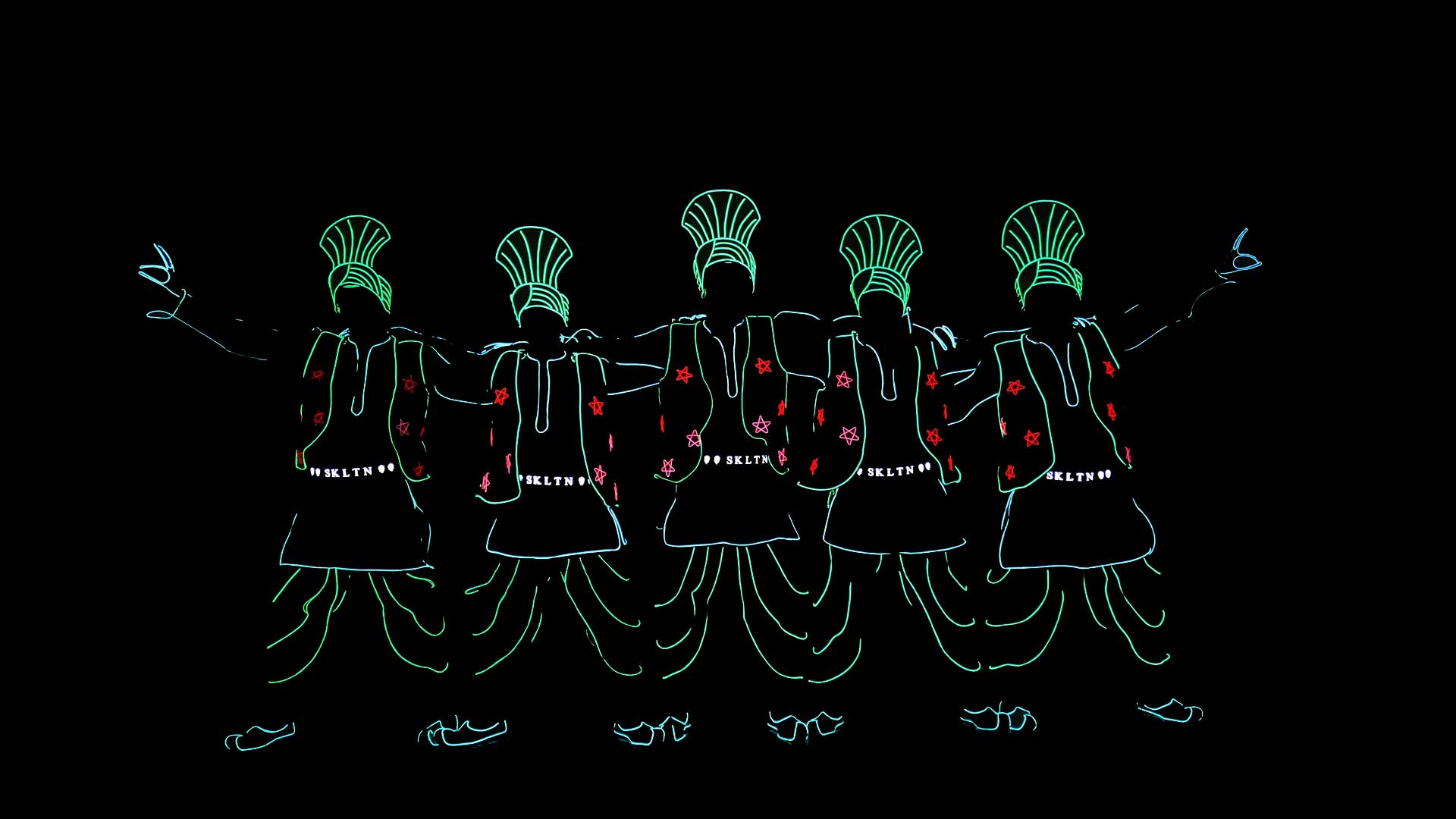
However, this performance when looked through the place of its origin presents a whole different narrative, as the raw nature of the umbrella term which is Bhangra can be traced through the partition history of Punjab.
Furthermore, the great dance form from Punjab is now not just a dance form, it has become a representative of music as well, the evolution of it has blurred out the line of control between music and dance.
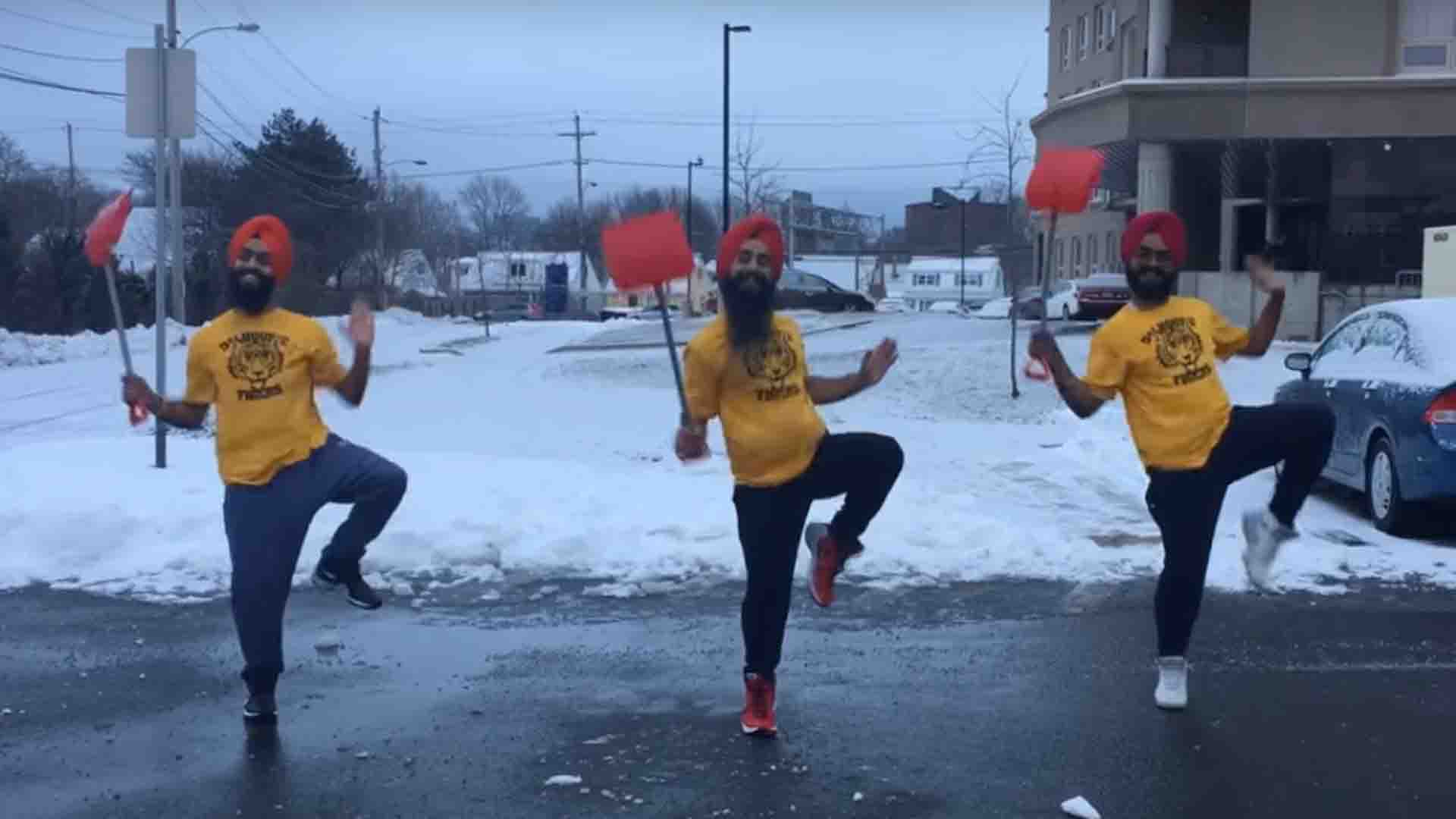
At last, one can agree with the view that the term bhangra is a beginning of a new circle and breaking the older one.


